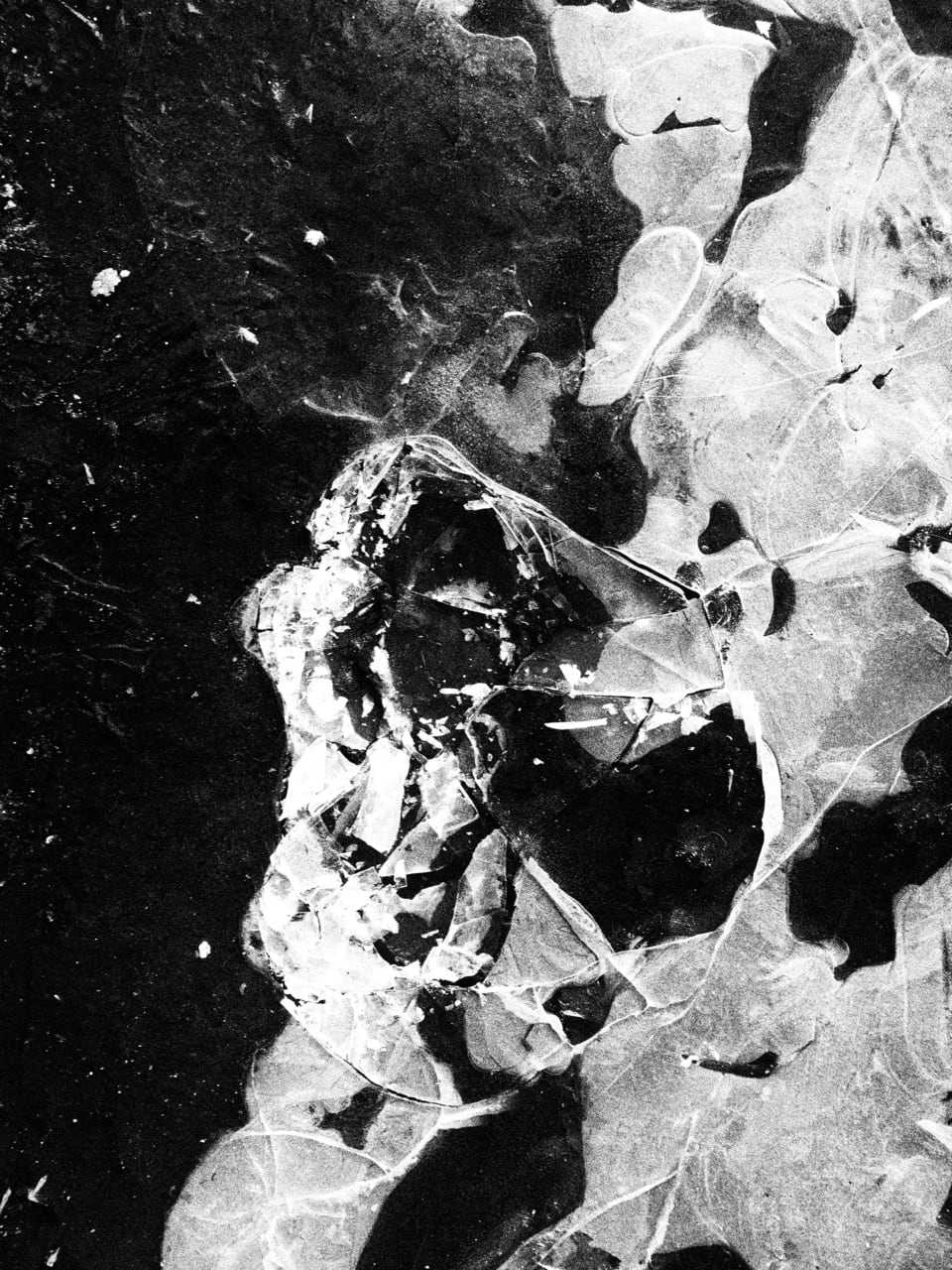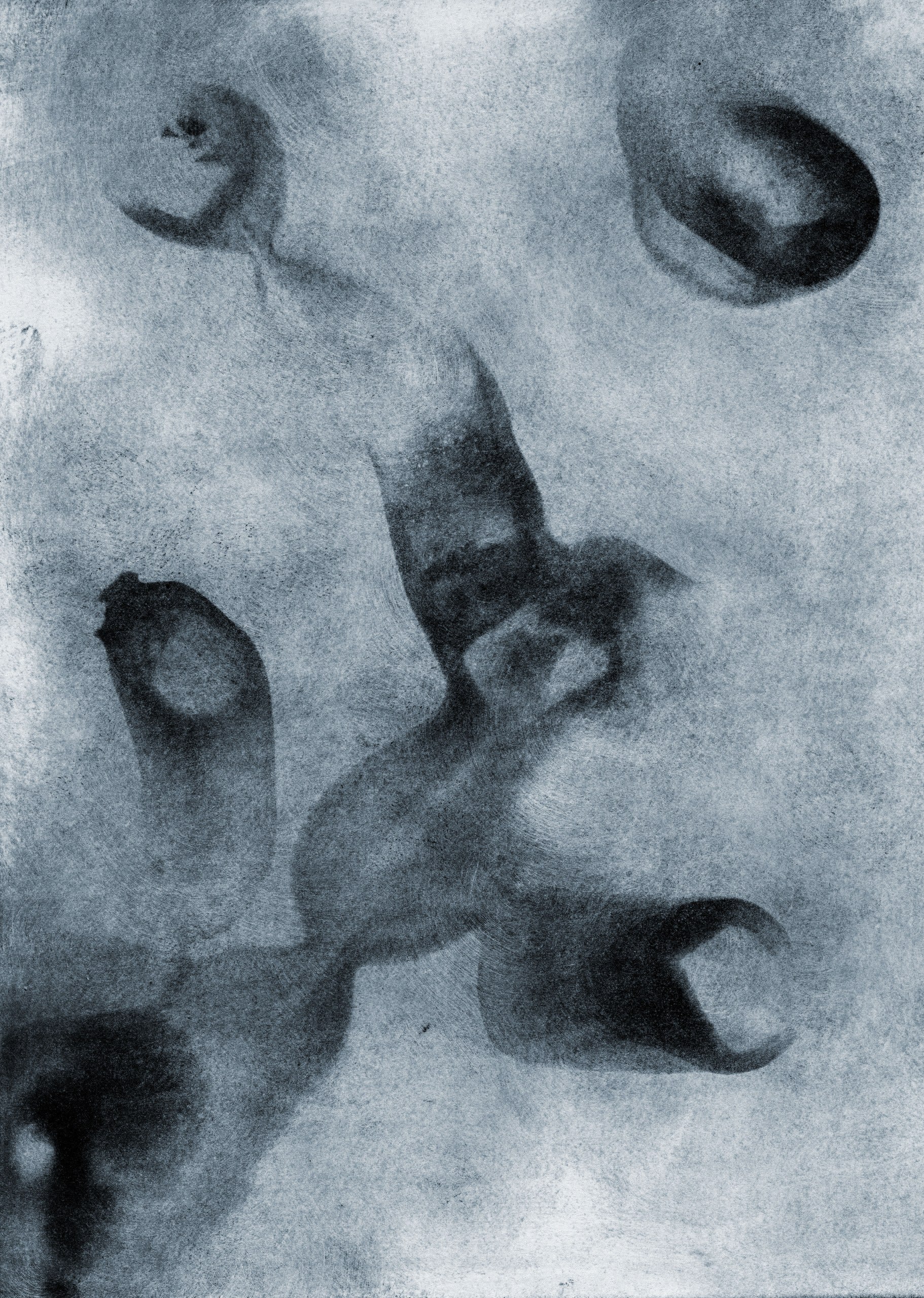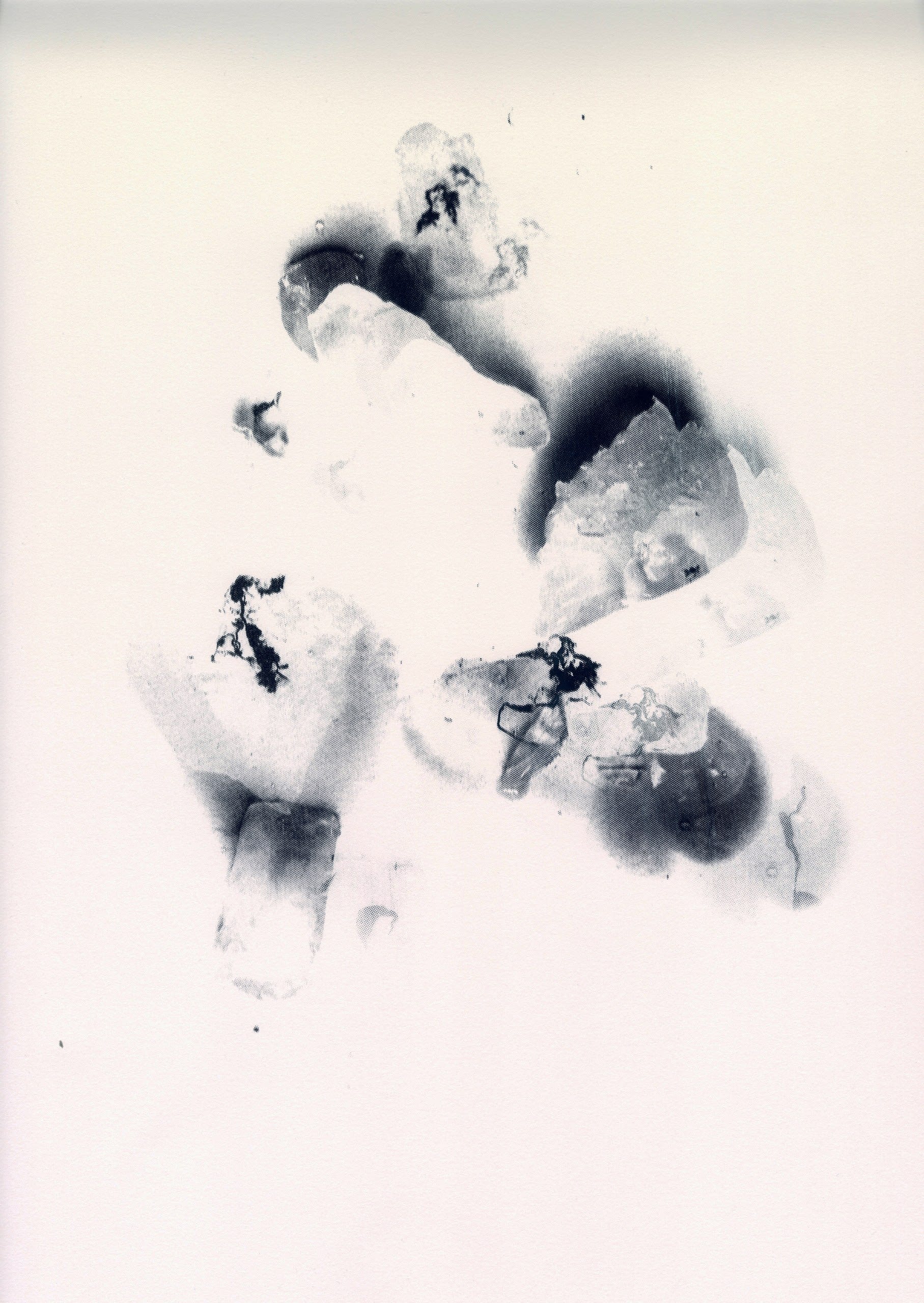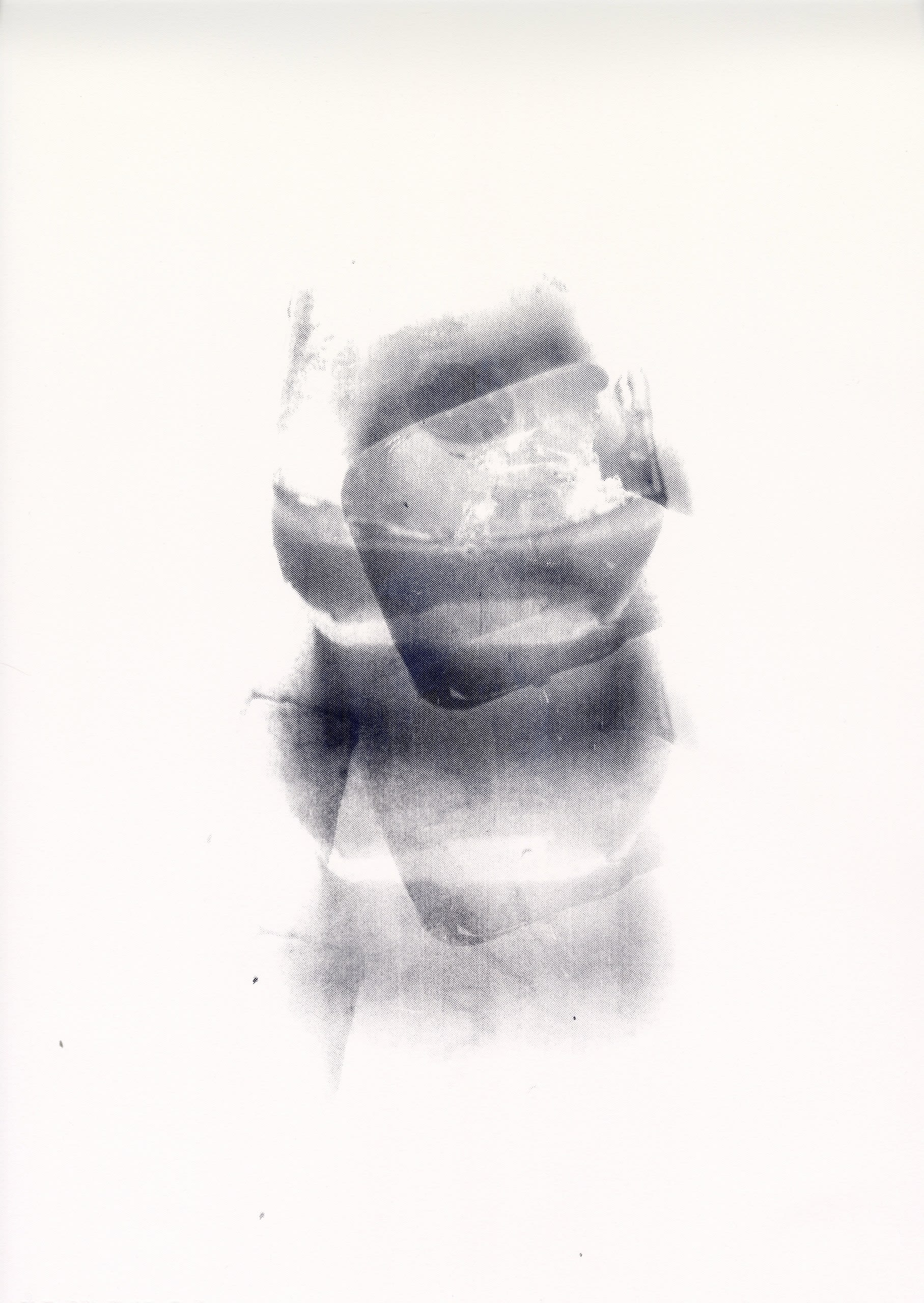Born in Ukraine, a citizen of Hungary, a student of Scotland, Switzerland, and finally, England. Throughout my life, there has been continual mobility. As a consequence, metamorphosis, movement and fluidity are the key concepts that create the foundation of my current practice. At its core, my work explores ideas of contemporary metaphysics while reflecting the intensity and pattern of materiality in flux. I am fascinated by the relationship between materiality, time and form that are communicated through diverse imagery. A hybrid between printmaking, intuitive drawing, and digital media embodies the communication of these ideas.
A transdisciplinary approach to creative practice has brought my work to diverse contexts. Work has been exhibited in Edinburgh, Glasgow, Lucerne, Moscow, London and Shanghai. My ambition is to continue this mobility in the future outside of the Euro-centric bubble. I aim to expand my visual language through engagement with Eastern philosophy and culture, in particular Japanese printmaking. Juxtaposed with my understanding of the world from a Western perspective, I anticipate that this new context would enrich and challenge my practice. In my expanded illustration practice, I hope to explore and create new narratives between science, ecology and design through artist residencies.







